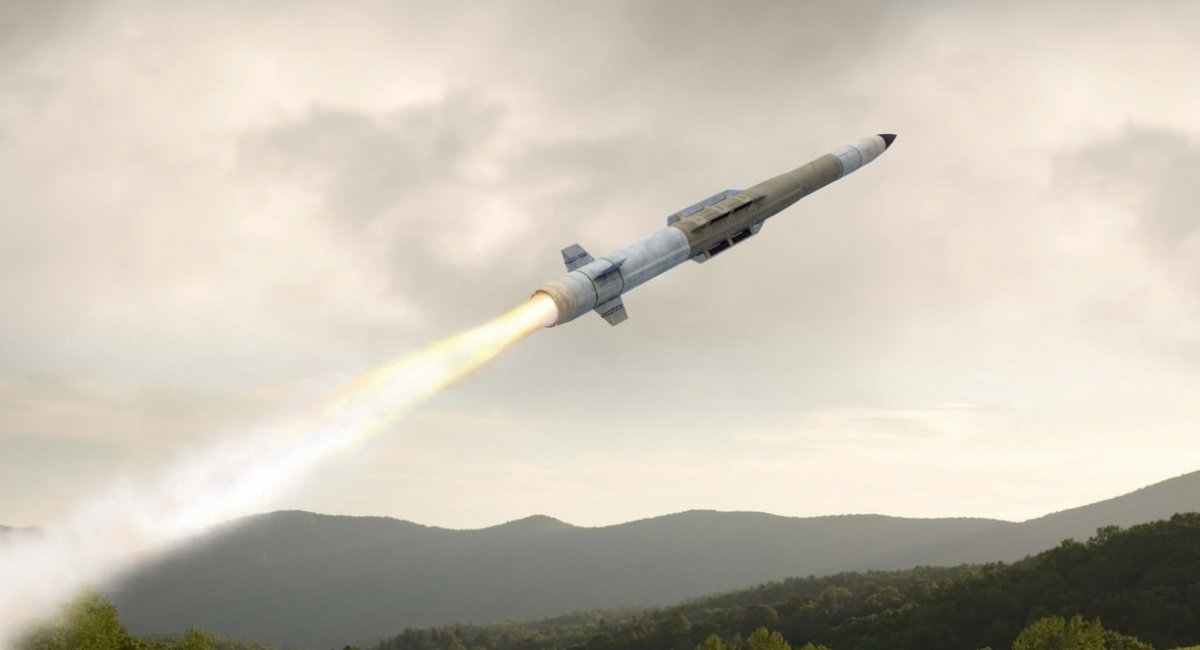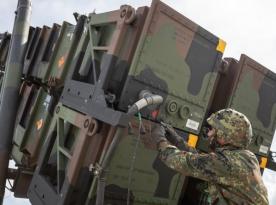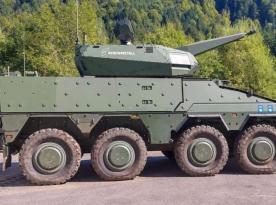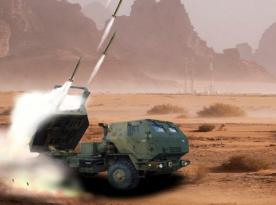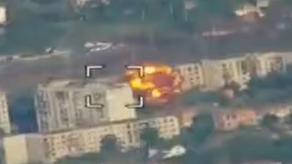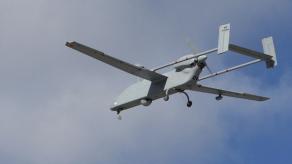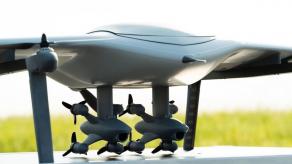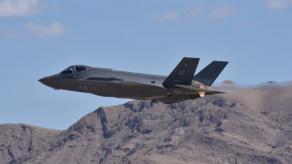Lockheed Martin plans to increase production of the PAC-3 MSE interceptor missiles for the Patriot air defense system to 750 units annually by 2027, up from the previously planned 650. This move comes in response to surging global demand, particularly for missiles capable of intercepting ballistic threats.
The company's Vice President Jason Reynolds revealed the updated target during a press conference at the LANDEURO 2025 exhibition in Wiesbaden, Germany, according to Hartpunkt. For comparison, Lockheed Martin produced 450 MSE missiles in 2023 and expects to reach 600 by the end of 2025.
Read more: How Poland Is Scaling Up Ammunition Production with a Strategic Approach — and How Many People It Takes to Achieve a 9-Fold Increase
To meet the new production goals, Lockheed Martin is actively negotiating with a wide range of European subcontractors. Reynolds confirmed that preliminary agreements are already in place.
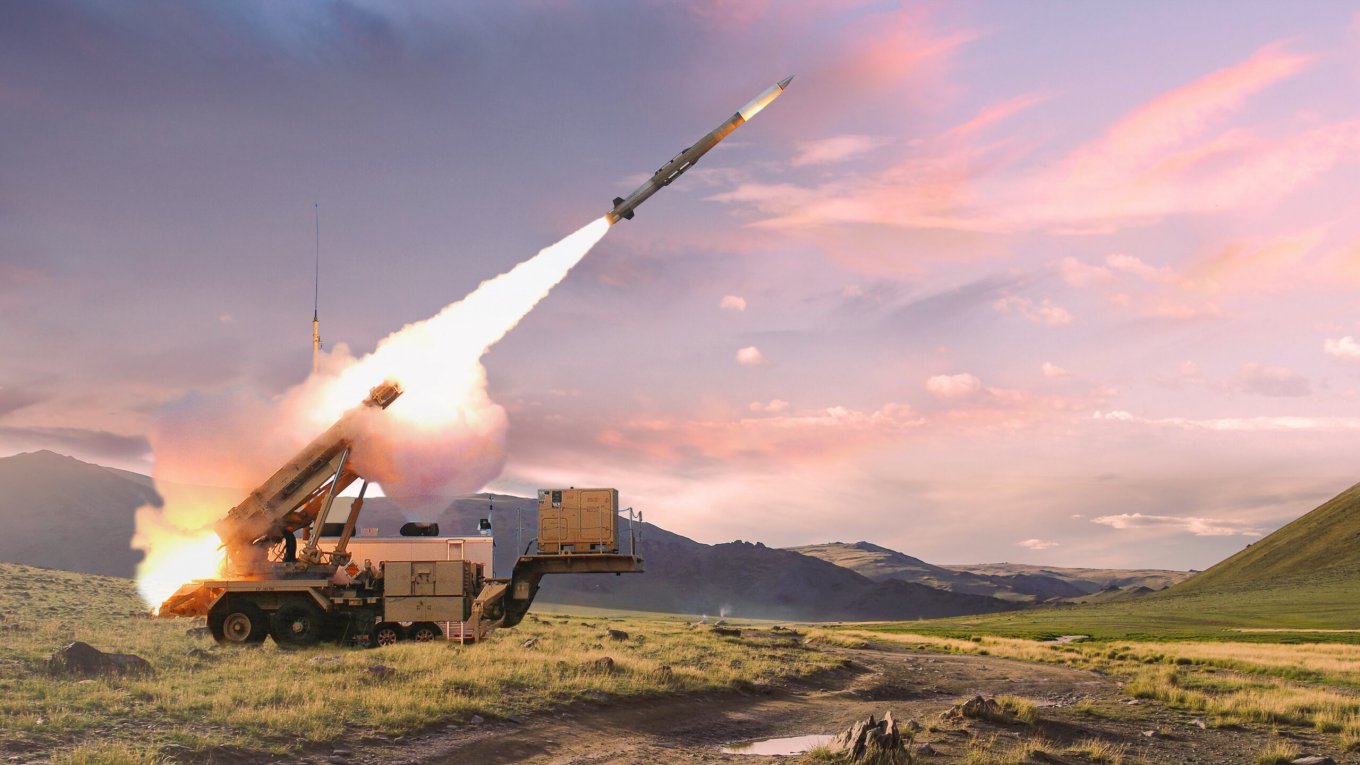
Among the named partners is German company Diehl, which could supply power modules, and Spanish Sener, private engineering and technology group, which may provide actuators. Sener already supplies components for IRIS-T missiles and is set to deliver parts for GEM-T missile production at Germany's upcoming COMLOG facility, expected to open in September 2026.
Another key contributor may be based in Poland. While the company was not named, Defense Express notes that it is obviously Wojskowe Zakłady Lotnicze No. 1 (WZL-1) in Łódź. In April 2025, WZL-1 began manufacturing MSE missile launch tubes under Poland's $4.75 billion Patriot localization contract, signed in 2018. The facility also produces thermal controller units to maintain rocket motor temperatures in cold environments.
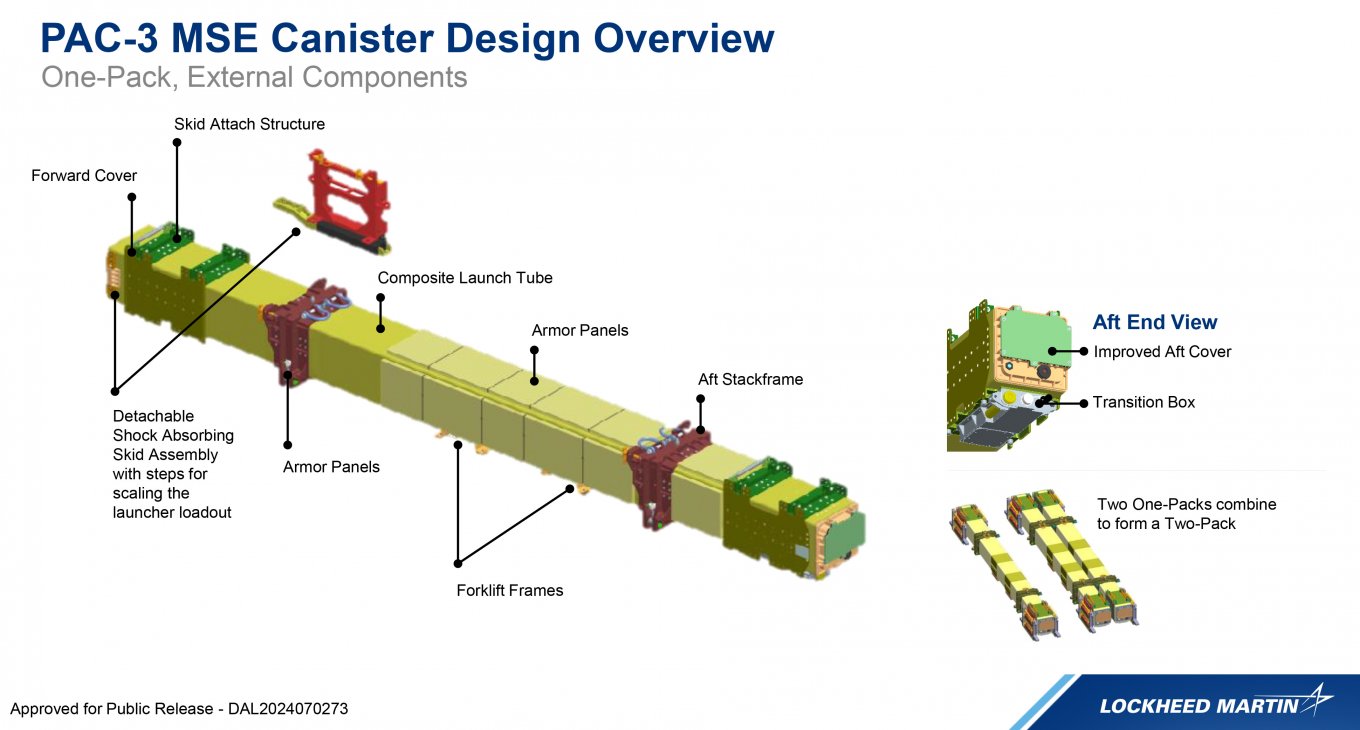
In addition, Lockheed Martin owns PZL Mielec in Poland, which is expected to contribute to MSE component production as well. Overall, the topic of localization of the production of Patriot systems and missiles for them was already discussed by Defense Express, you can read it here. Lockheed is also considering an unnamed subcontractor in Denmark. While details remain unclear, the company has an ongoing partnership with Danish radar manufacturer Weibel in the F-35 program, making it a possible candidate.
In total, expanding from 650 to 750 MSE missiles per year, an increase of just 8 missiles per month, requires a coordinated industrial effort stretching across multiple countries and dozens of suppliers. And this once again shows that the task of increasing production is about "marching in step," and in this particular case, "running in step."
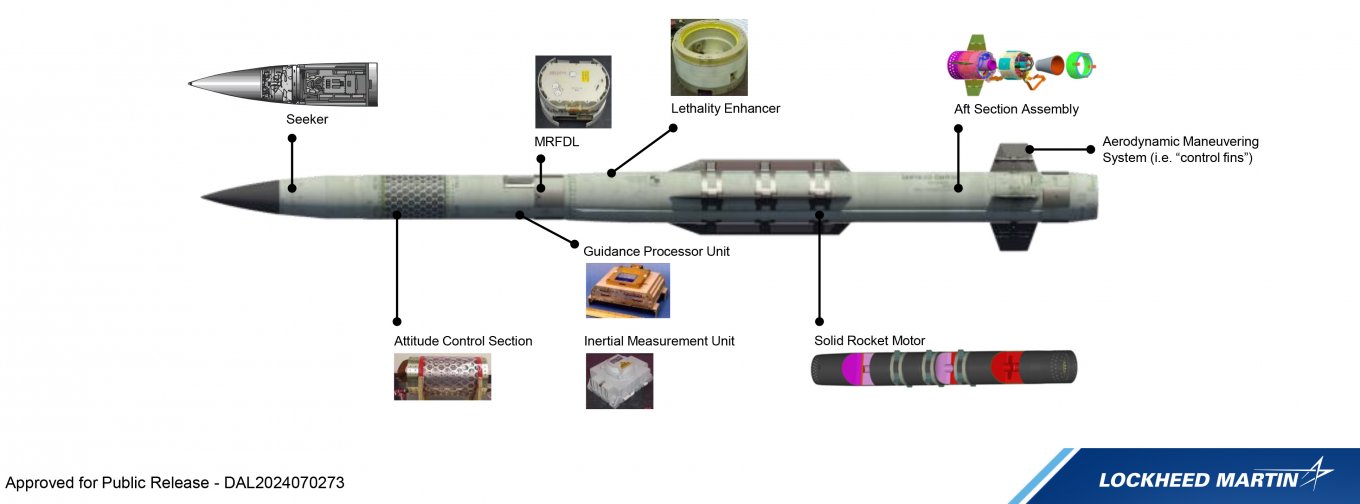
The vice president also mentioned Japan, which currently holds the only license outside the U.S. to assemble MSE missiles. Production at Mitsubishi Heavy Industries is limited to 30 units per year for Japan's domestic needs. As for additional foreign assembly lines, Lockheed Martin is open to the idea — but it depends on U.S. government approval. "German companies have the capability to produce the entire missile," Reynolds told the largely German audience in Wiesbaden.
Read more: Ukraine to Receive Third SAMP/T Battery in October, But Will There Be Enough Missiles to Use It?



